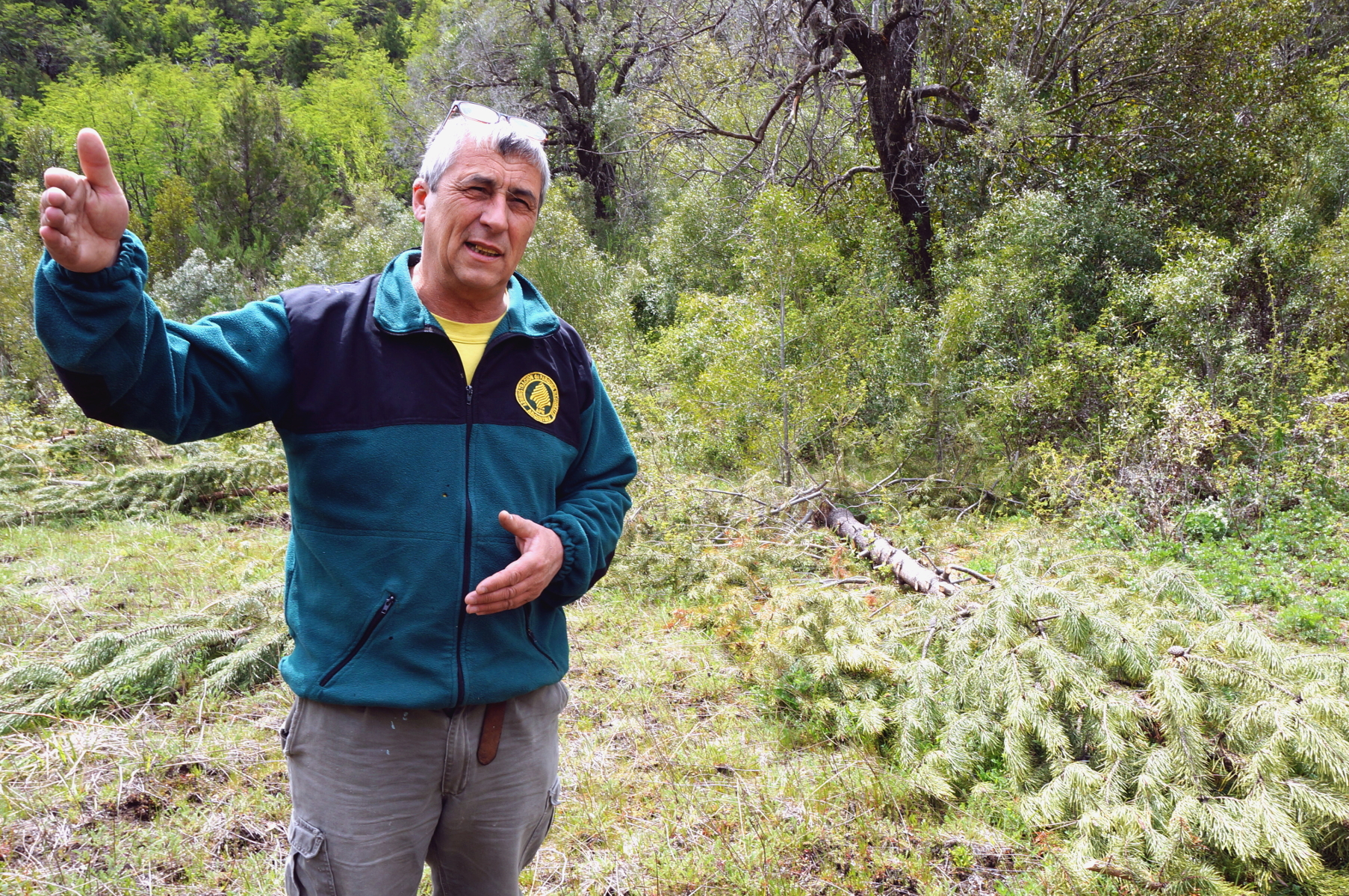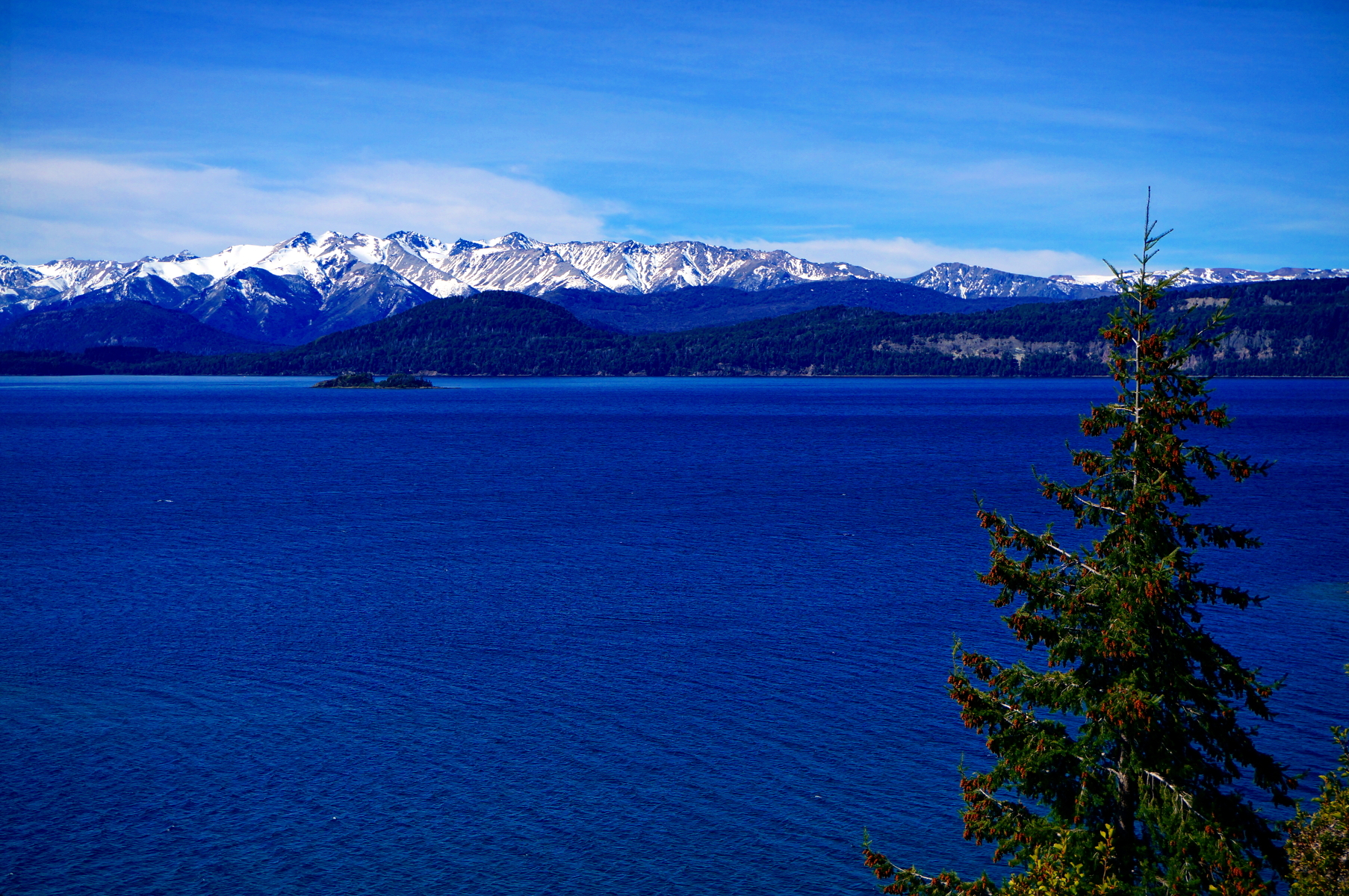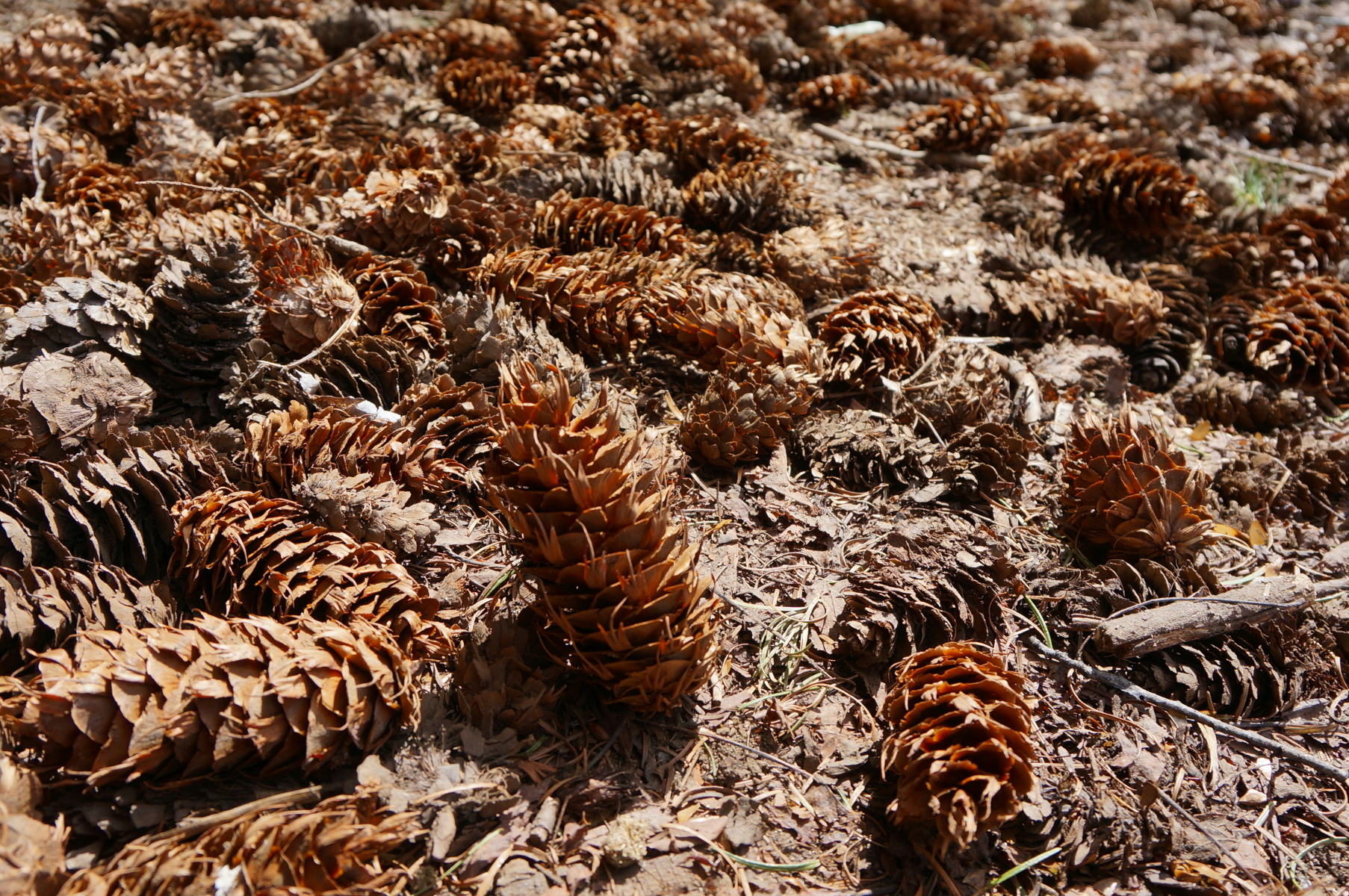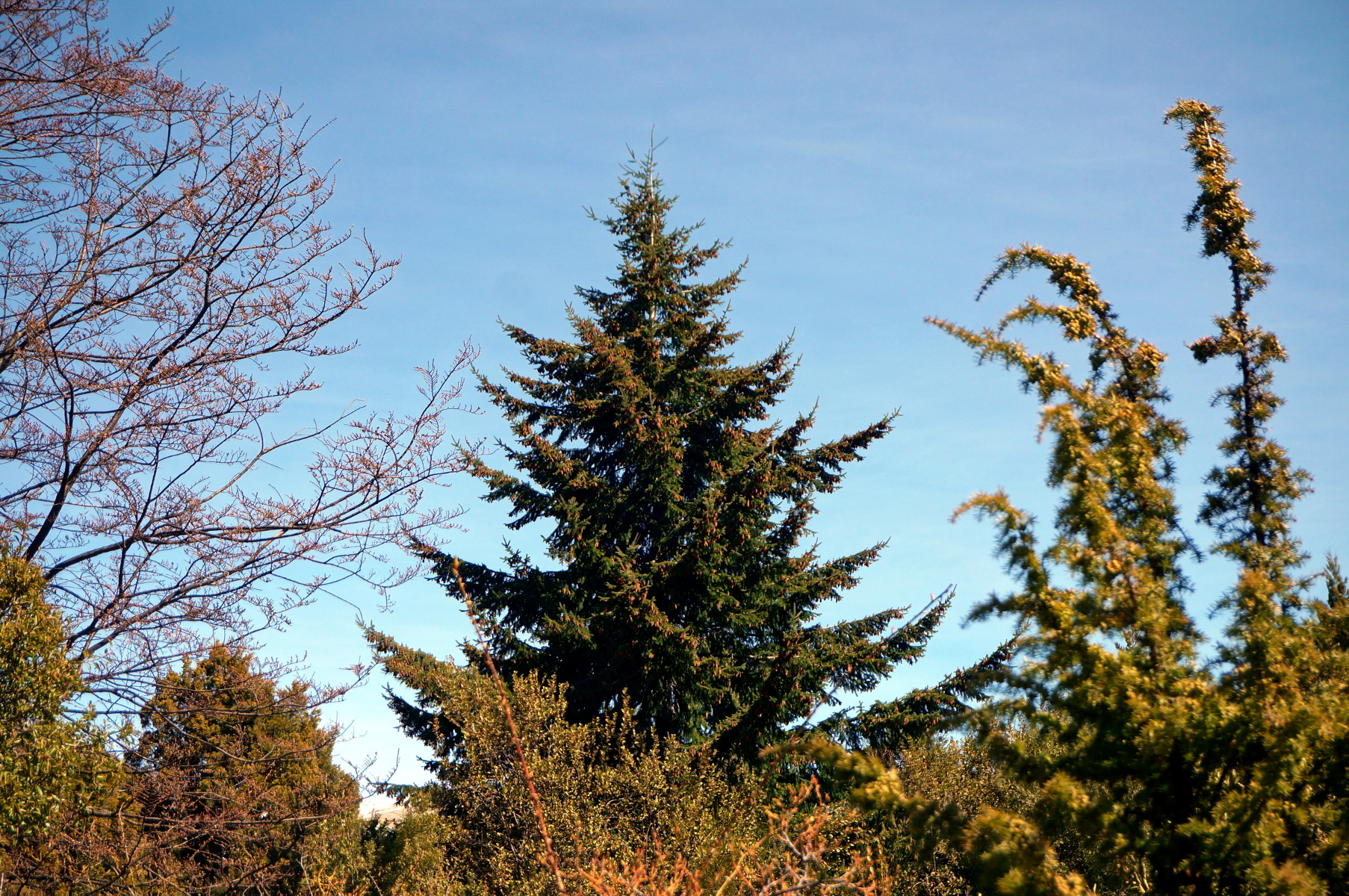This National Park in Patagonia Is Being Overrun With Invasive Canadian Trees
Credit to Author: Scott Leitch| Date: Tue, 07 Nov 2017 16:00:00 +0000
Adolfo Moretti is proud of the work his small staff has accomplished this year, trying to prevent a looming ecological disaster in Argentine Patagonia. “Kilometres and kilometers without pines,” Moretti said, smiling as our car wound down the South American country’s iconic National Route 40.
A year ago this stretch of road was dotted with lodgepole pine trees, an emblematic species of the Canadian Rockies. Today there are almost none.
In recent months Moretti, a 57-year-old Argentine forest engineer, has led a new program to combat invasive North American pine trees inside South America’s oldest national park, the lodgepole being one of the worst offenders. During the austral winter, Moretti and five other park staff cut down over 600 young pine trees along a 32-kilometre stretch of highway running through Nahuel Huapi National Park in Patagonia.

In North America the lodgepole pine, the provincial tree of Alberta, is facing historic die-offs as mountain pine beetles crawl north, following warmer climates. The beetles are killing entire forests of trees in British Columbia and Alberta.
In southern Argentina, a different problem is unfolding. The same species is overtaking entire mountainsides, pushing out native flora and potentially altering the regional ecosystem irreversibly.
Read More: Forest-Killing Beetles Are Swarming North Because of Climate Change
Moretti scribbles a simple chart: One axis represents the density of pine trees in an area, the other the difficulty of implementing potential remedies. Introduced this year, his work falls in the bottom left corner, simply cutting down pines in areas where there are still few before they begin producing their own cones to prevent more from growing.
“Our job is to control the density of the pines,” said Moretti. The goal is to fight off an invasion which, if left alone, will likely grow out of control. Similar pine invasions have already devastated regions of South Africa, for example.
The hope is native forests of coihues, lengas, and Patagonian cypresses will replace the removed pines. Endangered, endemic Challhuaco frogs and southern river otters depend on the native lenga forests which also provide a natural air quality monitor. Unhealthy lenga forests warn park staff when pollution levels rise too high, explained Moretti.

Pine trees were first introduced to this part of the world for forestry. European immigrants planted many North American and European species here through the 1930s and 1940s. The tiny arbolitos, or seedlings, were shipped down the Pacific coast to Puerto Montt, Chile. Most of them, including hulking California redwoods already three metres in diameter, grow well but don’t spread and force out important native species the way the pines do.
Douglas fir trees, an iconic pine of British Columbia, are the most invasive species in this region. They grow faster here than anywhere else on Earth. In North America, they can live upwards of 700 years, and some in Patagonia, at the young age of 80, already tower 65 metres tall. No one knows how large they will grow or for how long they will live in this new environment.
(Lodgepole pines predominantly grow through interior British Columbia and across the Rockies into Alberta, though can be found as far south as northern Mexico. Douglas firs thrive along the Pacific coast from B.C. south to central California.)
The Douglas firs line the streets in San Carlos de Bariloche, a small city inside the national park and home to its head office. Many of the firs were actually planted by park staff before anyone knew they would become a problem. Today the city’s southern limit borders a dense forest of them, the size of Vatican City.
“In Villa la Angostura [a nearby town], there are millions,” Moretti explained. As proud as he is, 600 felled trees pales against the scale of the invasion.

Martin Nuñez, a local researcher studying the invasive trees, believes if enough isn’t done the entire region could be only pine trees within 100 years.
For decades there was little local interest in addressing the problem. Domestic tourists like the pines, which don’t grow elsewhere in the country, and they provide the region with a valuable forestry industry, but Nuñez does think perceptions are slowly changing.
Still, there are private tree farms inside the park’s boundaries and staff can’t compel farmers to cut down the old pines. A ban on planting new ones exists, but as long as farmers leave their trees standing, slowly increasing in value, they continue to spread new seeds. Tourists, transport trucks, and animals then unknowingly carry those seeds through the park, spreading them into new areas.

Standing at a bridge over a river marking Nahuel Huapi’s southern limit, surrounded by felled lodgepoles, Moretti likes what he sees. Patagonian cypresses are sprouting. If the native trees can take hold, they will further prevent young pines from growing. But across the river, just outside of Moretti’s reach, an adjacent mountainside is spotted with young lodgepoles.
Get six of our favorite Motherboard stories every day by signing up for our newsletter.